 KR Webzine Vol.124
KR Webzine Vol.124
- Dec. 2021
- Nov. 2021
- Oct. 2021
- Sep. 2021
- Aug. 2021
- Jul. 2021
- Jun. 2021
- May. 2021
- Apr. 2021
- Mar. 2021
- Feb. 2021
- Jan. 2021
- Dec. 2020
- Nov. 2020
- Oct. 2020
- Sep. 2020
- Aug. 2020
- Jul. 2020
- Jun. 2020
- May. 2020
- Apr. 2020
- Mar. 2020
- Feb. 2020
- Jan. 2020
- Dec. 2019
- Nov. 2019
- Oct. 2019
- Sep. 2019
- Aug. 2019
- Jul. 2019
- Jun. 2019
- May. 2019
- Apr. 2019
- Mar. 2019
- Feb. 2019
- Jan. 2019
- Dec. 2018
- Nov. 2018
- Oct. 2018
- Sep. 2018
- Aug. 2018
- Jul. 2018
- Jun. 2018
- May. 2018
- Apr. 2018
- Mar. 2018
- Feb. 2018
- Jan. 2018
- Dec. 2017
- Nov. 2017
- Oct. 2017
- Sep. 2017
- Aug. 2017
- Jul. 2017
- Jun. 2017
- May. 2017
- Apr. 2017
- Mar. 2017
- Feb. 2017
- Jan. 2017
- Dec. 2016
- Nov. 2016
- Oct. 2016
- Sep. 2016
- Aug. 2016
- Jul. 2016
- Jun. 2016
- May. 2016
- Apr. 2016
- Mar. 2016
- Feb. 2016
- Jan. 2016
- Dec. 2015
- Nov. 2015
- Oct. 2015
- Sep. 2015
- Aug. 2015
- Jul. 2015
- Jun. 2015
- May. 2015
- Apr. 2015
- Mar. 2015
- Feb. 2015
- Jan. 2015
- Dec. 2014
- Nov. 2014
- Oct. 2014
- Sep. 2014
- Aug. 2014
- Jul. 2014
- Jun. 2014
- May. 2014
- Apr. 2014
- Mar. 2014
- Feb. 2014
- Jan. 2014
- Dec. 2013
- Nov. 2013
- Oct. 2013
- Sep. 2013
- Aug. 2013
- Jul. 2013
- Jun. 2013
- May. 2013
- Apr. 2013
- Mar. 2013
- Jan. 2013
- Dec. 2012
- Nov. 2012
- Oct. 2012
- Sep. 2012
- Aug. 2012
- Jul. 2012
- Jun. 2012
- May. 2012
- Apr. 2012
- Mar. 2012
- Feb. 2012
- Jan. 2012
- Dec. 2011
- Nov. 2011
- Oct. 2011
- Sep. 2011
- Aug. 2011
- Jul. 2011
- Jun. 2011
- May. 2011
- Apr. 2011
- Mar. 2011
- Feb. 2011
- Jan. 2011
- Dec. 2010
- Nov. 2010
- Oct. 2010
- Sep. 2010
- Aug. 2010
- Jul. 2010
- Jun. 2010
- May. 2010
- Apr. 2010
- Mar. 2010
- Feb. 2010
- Jan. 2010
- Dec. 2009
- Nov. 2009
- Oct. 2009
- Sep. 2009
- Aug. 2009
- Jul. 2009
- Jun. 2009
- May. 2009
- Apr. 2009
- Mar. 2009
- Feb. 2009
- Jan. 2009
- Dec. 2008
- Nov. 2008
- Oct. 2008
- Sep. 2008
- Aug. 2008
- Jul. 2008
- Jun. 2008
- May. 2008
- Apr. 2008
- Mar. 2008
- Feb. 2008
06
June 2018
1. Overview
The Pollution Prevention and Response (PPR) sub-committee at the International Maritime Organization (IMO), has been discussing the emission of black carbon, which is one of the components of particulate matter (PM) from marine engines. The discussion is expected to be concluded by February 2019 (PPR 6). In regard to this issue, we analyzed various experimental results to share important considerations when measuring black carbon in exhaust gas from ships.
2. PM and black carbon from ships and climate change
It has been reported that the total amount of black carbon emissions from ships is relatively smaller than the amount that is discharged from land sources such as vehicles, locomotives, construction machines, agricultural machinery, and so on. However, it is also known that black carbon from vessels operating in the Arctic and high latitude regions is deposited on glaciers and snow surfaces, and such deposits accelerate ice-melting by decreasing albedo. In addition, countries such as the United States, Canada, and Norway have suggested for some time that black carbon is likely to expedite global warming by absorbing light and interacting with other substances in the atmosphere. Therefore, IMO has been discussing this subject to prevent air pollution caused by ships and to protect the global environment from climate change.
The Particulate Matter (PM) from internal combustion engines, including marine engines, is generally composed of soot, ashes, nitrates, sulfates, organic components, and other elements as shown in Fig. 1.
It is known that the physical and chemical characteristics of PM change according to various factors such as the type of fuel, combustion temperature, flame propagation speed, chemical reaction time, and fuel particle size. Amongst these, soot can be considered the most similar component to black carbon, but microscopically, it is not totally identical because soot is not composed of just carbon.
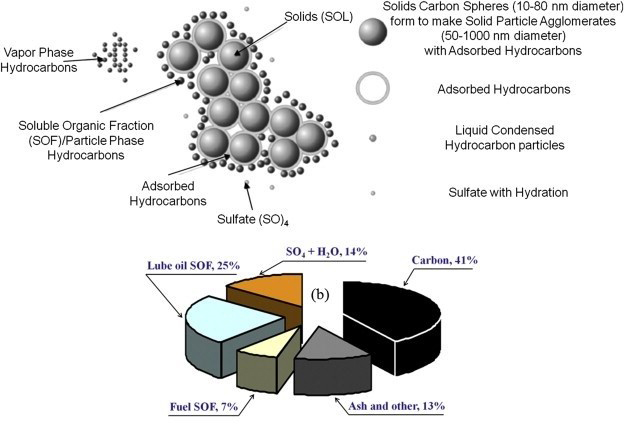
[Fig. 1. The components of PM from a diesel engine]
As shown in Fig. 2, it is very difficult to visually compare the various kinds of carbon aggregates and PM from engines using transmission electron microscopy (TEM) images. Therefore, it is important to establish a clear definition of black carbon in order to discuss the climate change effect, measurement methods, and control measures of black carbon from ships operating on a fuel of high sulfur content (HFO).
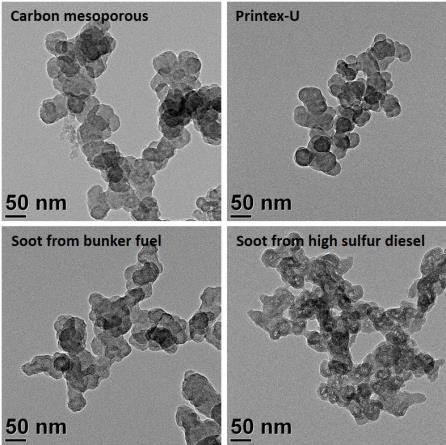
[Fig. 2. The TEM images of carbon agglomerates and PM]
During MEPC 68, the IMO decided to adopt the definition of black carbon proposed by Bond et al. after exchanging comments and discussions among several Member States.
The definition of black carbon is that:
1) it strongly absorbs visible light with a mass absorption cross section of at least 5 m2g-1
at a wavelength of 550 nm,
2) it is refractory; that is, it retains its basic form at very high temperatures, with vaporization
temperature near 4000 K,
3) it is insoluble in water, in organic solvents including methanol and acetone, and in other
components of atmospheric aerosol, and
4) it exists as an aggregate of small carbon spherules.
3. The measurement of black carbon from ships and its
characteristics.
The PPR examined various methods for measurement of black carbon in the exhaust gas emission from ships considering important the fact that the characteristics of black carbon are different from those of PM being measured by the conventional mass analysis methods used for automobiles. Filter Smoke Number (FSN), Photo-Acoustic Spectrometry (PAS), and Laser Induced Incandescence (LII) are the methods that have been investigated to date, while the FSN method is the most widely used.
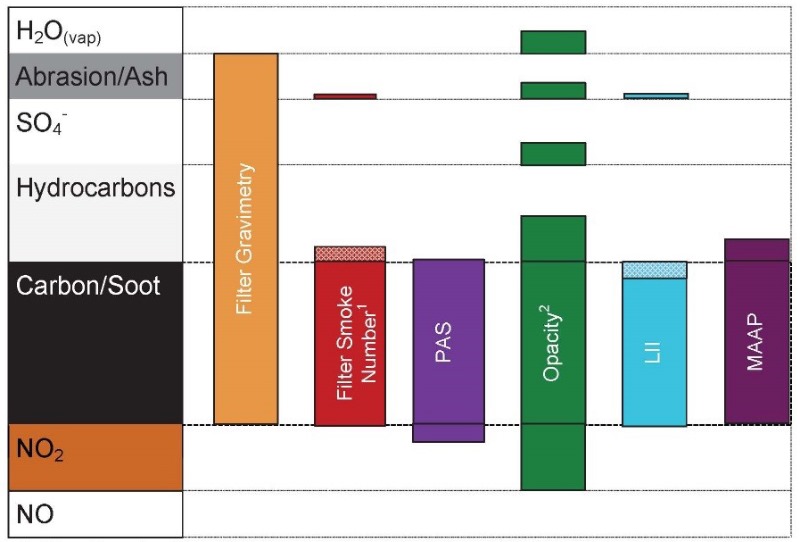
[Fig. 3. Selectivity of different instruments and measurement methods (AVL GmbH)]
As shown in Fig. 3, the measurement results may include one or more substances of soot, hydrocarbons, sulfates, ashes, nitrogen oxides (NOx), vapor, and others depending on the measurement methods. PM from marine engines, operating on fuels containing a higher sulfur content than that of automotive engines, have a complex composition of soot (≈black carbon), sulfates, and soluble organic fraction (SOF) according to operating conditions. Therefore, the following experiments were conducted for further investigation on the composition of PM.
In order to investigate the characteristics of PM for ULSD (Ultra Low Sulfur Diesel, 10 ppmS or less) and HSD (High Sulfur Diesel, approx. 3,400 ppm S), a 4-stroke high-speed marine engine (Doosan Infracore, 4 V 158 TIH, 403 kW) was operated in E2 and E3 cycles in compliance with ISO 8178-4:2007. PMs were measured by the FSN method and the mass measurement method specified in ISO 8178. In addition, the composition of the PMs was analyzed to determine their chemical characteristics.
Fig. 4 shows the PM measurement results from E2 cycle and E3 cycle test modes. Depending on the evaluation mode, the FSN values obtained using HSD were equal to or lower than those obtained using ULSD, but the mass of PM was higher when HSD was used. To understand these results, we analyzed the chemical characteristics of the PM using a PM analyzer (MEXA-1370PM, Horiba). The results are shown in Fig. 5. The mass of soot in the two different types of fuel tended to be comparable with each other in each cycle mode, whereas the masses of soluble organic fraction (SOF) and sulfates were higher when HSD was used. Therefore, high sulfur content in fuel significantly influences the measurement of the mass of PM, in that it substantially increases the mass of sulfates and SOF. It is worth noting that when ULSD is used for an engine test, soot, which could be regarded as black carbon, is emitted a little more than when HSD is used.
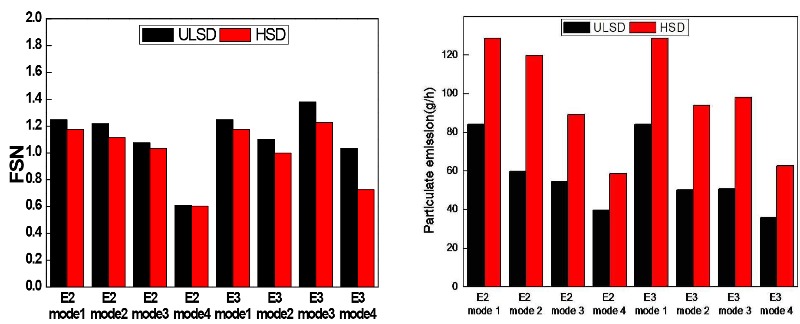
[Fig. 4. Comparisons between FSN method and weight method for PM measurements]
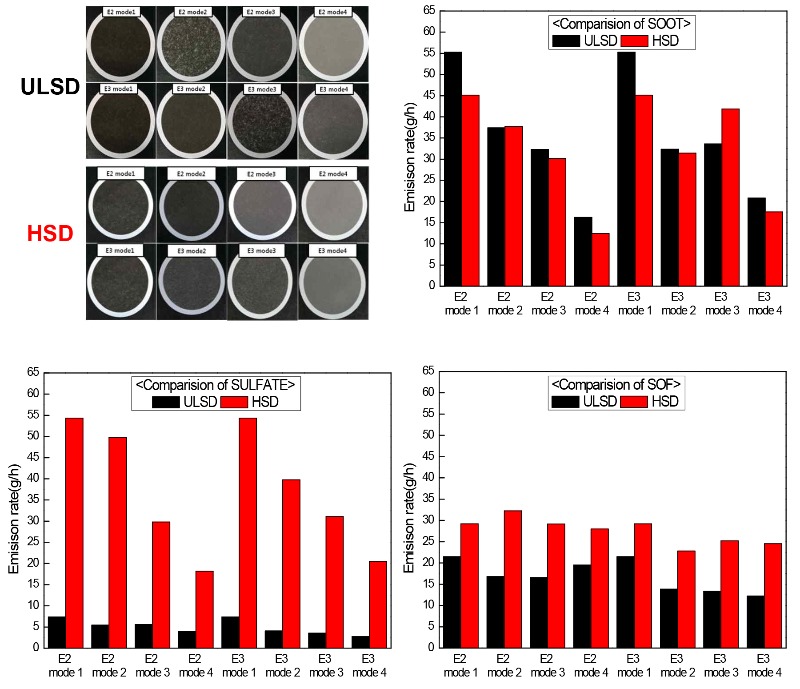 [Fig. 5. The analysis of chemical components of PM from a 4-stroke marine engine]
[Fig. 5. The analysis of chemical components of PM from a 4-stroke marine engine]
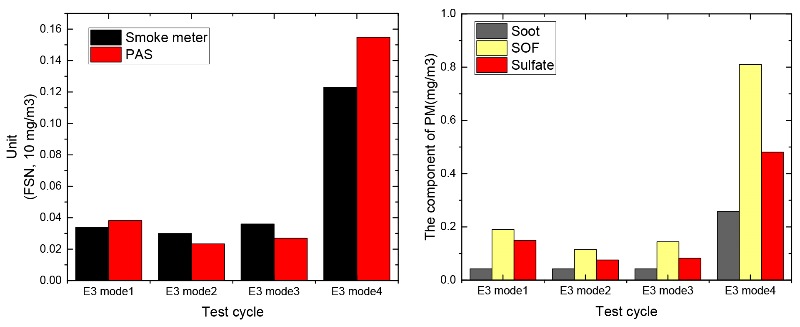
[Fig. 6. The analysis of components of PM from a 2-stroke marine engine]
Fig. 6 shows the characteristics of the PM from a 2-stroke low-speed marine engine (approx. 7,400 kW) using a bunker-A grade fuel of 0.29% sulfur content. The engine was operated in ISO 8178 E3 cycle. FSN and PAS methods were applied to this measurement, and the FSN values were converted to mass values using an empirical formula provided by the manufacturer of the FSN device. We then compared the results from both measurement methods. An analysis of the chemical composition of PM was performed following the procedures described earlier.
Comparing the results from the two different measurement methods, we found that the measured values of PM emissions were comparable at each mode, with the exception of mode 4. In addition, from the result of the chemical component analysis, it was found that the masses of soluble organic fraction and sulfates were greater than that of soot, which resulted in a substantial increase of the total mass of PM. In test cycle mode 4, more of the soluble organic fraction was discharged than it was in other cycle modes. The result seems to be related to the fact that a higher amount of unburned hydrocarbon is generated during the engine operation in low load conditions, than in higher load conditions.
The results show that the PMs emitted from marine diesel engines using fuels of high sulfur content have very different characteristics from those of the PMs emitted from an engine using ULSD. Therefore, the influence of sulfates and soluble organic fraction must be seriously considered when PM generated from marine fuels is measured.
In general, international shipping vessels operate on fuels of high sulfur contents, and thus, the existing PM measurement method specified in ISO 8178 may not be appropriate for marine black carbon measurements. In this regard, the IMO restricts black carbon measurement methods only to FSN (light absorption), PAS (particle oscillation), and LII (energy radiation) methods. However, black carbon exists as one of the components of PM, rather than as an isolated substance in exhaust gas. This warrants further considerations on the measurement methods’ selected to measure black carbon. In addition, the FSN values obtained when measuring marine PM, are mainly distributed in the low range of the entire measurement scale of commercial FSN devices. This emphasizes the necessity of further investigation to find a correlation equation that can accurately convert FSN values to mass values within the typical marine PM measurement range.
[References]
- Bond T.C. et al., “Bounding the role of Black Carbon in the climate system: A scientific
assessment,” Journal of Geophysical Research: Atmospheres, 118, pp.5380-5552, 2013
- Report to Congress on Black Carbon, Department of the Interior, Environment, and Related
Agencies, Appropriations Act, 2010
- Bond T.C., Zarzycki C., Flanner M.G., and Koch D.M., “Quantifying immediate radiative forcing
by black carbon and organic matter with the Specific Forcing Pulse.” Atmospheric Chemistry
and Physics, 11, pp.1505-1525, 2011
- Sand M., Berntsen T. K., Seland Ø., and Kristjánsson J. E., “Arctic surface temperature change
to emissions of black carbon within Arctic or midlatitudes,” Journal of Geophysical Research:
Atmospheres, 118, pp.7788-7798, 2013


